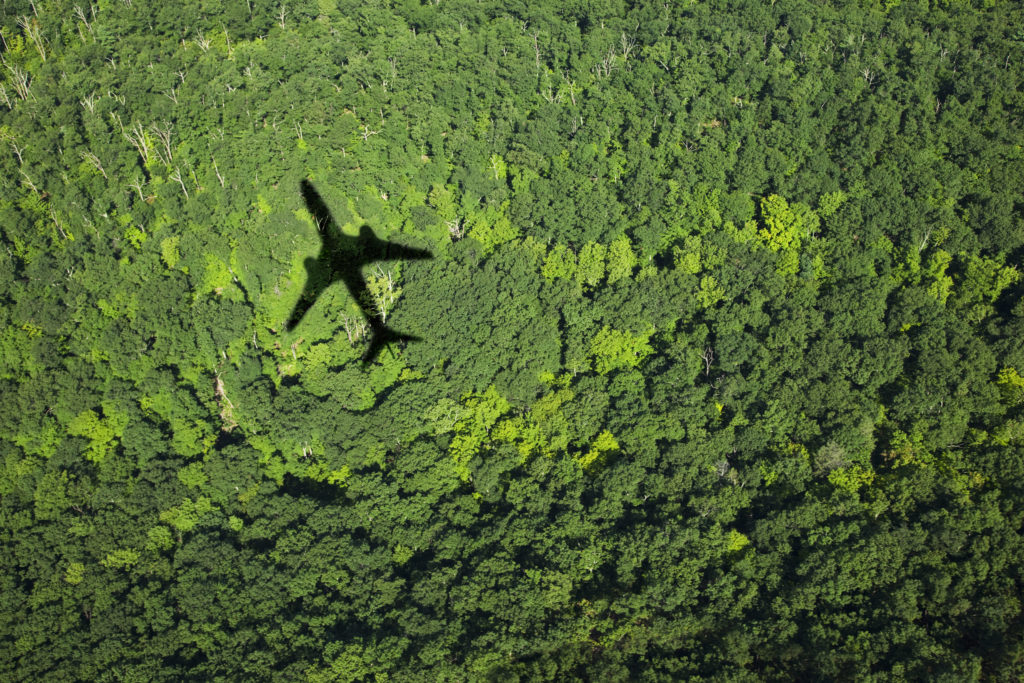One more step towards carbon neutrality of its operation was taken by the LATAM Group by announcing its intention to explore opportunities for the elimination of CO2 through the direct air carbon capture and storage (DACCS, for its acronym in English). This announcement will be made in collaboration and in association with other industry players after signing a letter of intent with Airbus a document also signed by Air Canada, easyJet, International Airlines Group, Lufthansa Group and Virgin Atlantic to evaluate this type of technology.
Thus, LATAM becomes the first group of airlines in Latin America to explore this technology that allows filtering and capturing CO2 from the atmosphere to later store it safely and permanently at great depths.
“DACCS represents an innovative way to not only remove carbon dioxide from the atmosphere, but also has the potential to play a role in the development of sustainable synthetic aviation fuels,” said Juan José Tohá, Director of Corporate Affairs and Sustainability of LATAM Airlines Group.
The executive added that “on the path to carbon neutrality, collaborative work is key and there is no single solution. That is why we are implementing different measures to be net zero, including greater efficiencies, sustainable aviation fuels and new technologies, supported by the conservation of strategic ecosystems and quality offsets.”
This announcement is part of the group’s sustainability strategy that seeks to achieve carbon neutrality by 2050. To this end, LATAM is working on its Climate Change pillar, which includes the implementation of measures and best practices for the efficient use of fuel to reduce emissions, the development of SAF (sustainable aviation fuel) and support for the conservation of strategic ecosystems. It should be remembered that the group recently undertook the commitment to reach 5% SAF in its operations by 2030, prioritizing production in South America.
DACCS technology
DACCS is a high-potential technology that allows up to 90% of CO2 emissions to be filtered and removed from the air using fans and absorbers in a carbon-neutral facility powered by zero-emission energy sources. After filtering or removing CO2 emissions, it safely and permanently stores it in depleted underground oil and gas fields or deep salt formations.
Since the aviation industry is unable to capture CO2 emissions released into the atmosphere, a direct airborne carbon capture and storage solution would allow the industry to extract emissions from its operations directly from atmospheric air.
The extraction of carbon directly from the air and its subsequent permanent storage is a great innovation that is complementary to the use of new technologies, the use of sustainable fuels and the protection of strategic ecosystems, but which is key, as the UN Intergovernmental Panel on Climate Change establishing that it is a necessary measure to limit global warming to 1.5°C.



